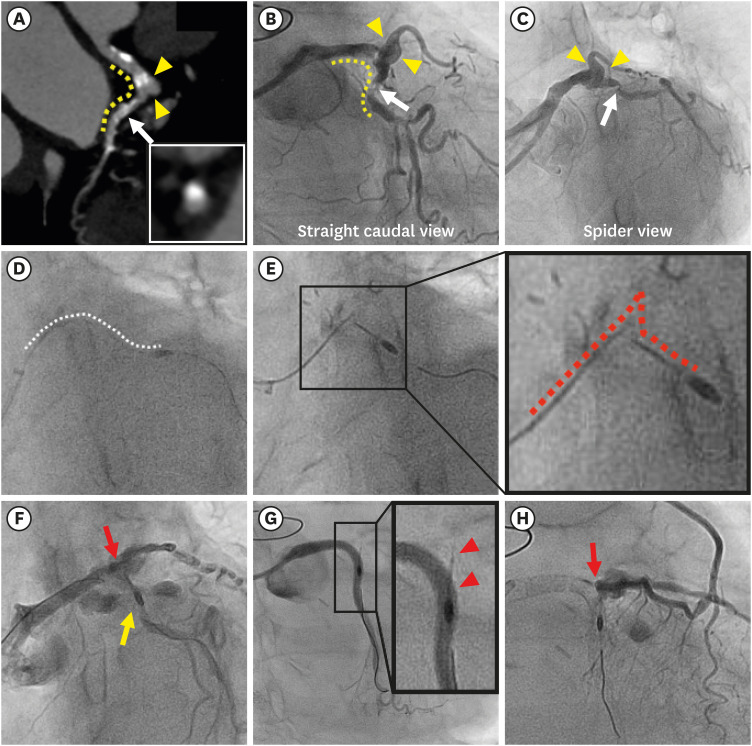Korean Circ J.
2020 Nov;50(11):1048-1050. 10.4070/kcj.2020.0136.
Rotablator Driveshaft Fracture Due to Significant Proximal Tortuosity and Enlargement Causing Massive Coronary Perforation
- Affiliations
-
- 1Department of Cardiovascular Medicine, Sapporo Cardio Vascular Clinic, Sapporo Heart Center, Sapporo, Japan
- KMID: 2508282
- DOI: http://doi.org/10.4070/kcj.2020.0136
Figure
Reference
- Full Text Links
- Actions
-
Cited
- CITED
-
- Close
- Share
- Similar articles
-
- The Study of Branching Anomaly and Tortuosity of Radial Artery for Trans-Radial Coronary Procedure
- Spontaneous Perforation of Small Bowel Lymphoma Causing Massive Pneumoperitoneum: A case Report
- Guidewire-Induced Perforation of Distal Circumflex Artery Treated with Transcatheter Embolization of Polyvinyl Alcohol Form
- Prevention of Coronary Artery Perforation and Its Treatment During CTO PCI: Study of Effective Coiling for Distal and Collateral Perforations
- Clinical Aspects of Coronary Artery Perforation during Percutaneous Coronary Intervention



